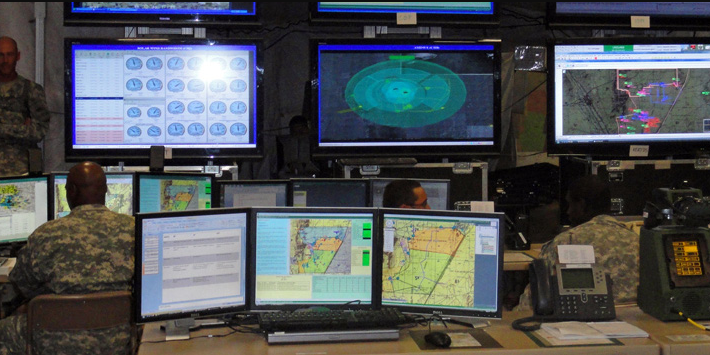The Defense Systems Information Analysis Center (DSIAC) was asked if there are viable pathfinder tools that can compute optimized evasion paths for friendly mobile air, ground, and sea under threat by hostile laser or radio frequency (RF), directed energy weapons (DEW) systems. The inquirer also wanted to know if there are any software algorithms that can calculate environmental effects (e.g., terrain, man-made structures, foliage, atmospheric attenuation, and distance) and determine viable ways of exploiting known DEW system or sensor limitations to mitigate direct lines of sight and/or RF energy pathways to protect friendly forces from attack.
DSIAC subject matter experts listed possible DEW evasion techniques and provided existing applications and software libraries that could inform decision makers on which techniques are exploitable and which inputs are needed to calculate the environmental impact on DEW performance for existing, physics-based models. Some applications analyze sensor system performance and some analyze overall system performance; both contribute to helping plan out a way to evade deployed DEW systems. Their compilation supports the notion that it is feasible to develop a pathfinder tool that can be used in North Atlantic Treaty Organization and U.S. force wargaming to simulate current and future concept RED Team DEW threats and counters against these threats.


